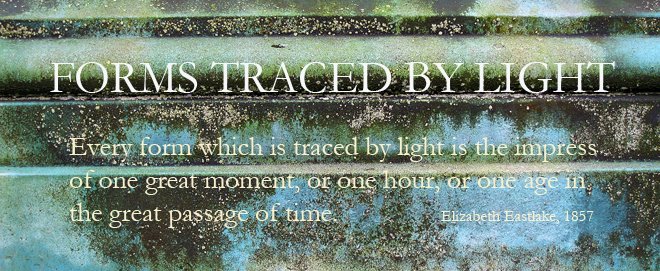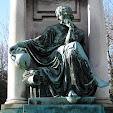You may remember a ballerina, a couple of weeks ago, sprawled across the side of a junction box - if that's what it was - that was splitting apart? I guess someone thought that the rain would get in, or mischievous fingers would tamper with the wiring, or perhaps that the whole thing deserved Christo treatment.
This made me very glad indeed that I'd caught the ballerina in the first place, and perhaps because of this, a passage in an interview with Roy DeCarava that I was reading this evening jumped out at me. He was explaining how a photographer differs from a painter. If a painter is painting "from a mode" - I've been puzzling over this, and wondering if this is a misprint for "model," or not - "she can do it today, tomorrow, or remember what she did today or yesterday and still incorporate it tomorrow. But a photographer is more or less technically bound to the time of exposure. Whatever is happening at that time is what she gets. So if she saw something yesterday today and did not take it, she could not take it today, now. We might say, "Well, all she has to do is go back," but you really can't go back in time in photography, or anything else, Even if it's a building, it's one day older. The atmosphere or the circumstances or the light may not be the same, so that when you have organic things, things that move, things that grow, things that die, there is no going back because a portrait taken today is not the same as one taken yesterday or two weeks ago or a year ago. Although we may not be able to see incremental changes, there are changes; the object is not the same today as it was yesterday." (Callaloo 13:4 Autumn 1990, p. 860).
I was reading DeCarava because of reading about Harlem photography for class tomorrow - but also because he is an example of a photographer who was adamantly anti-flash. In another interview in the same number of Callaloo he explained that "I hate it with a passion because it obliterates what I saw" (p. 849). I like that - the idea of the flash as destructive, as interrupting the effects of pre-existing natural or artificial light (though DeCarava would happily turn day into night, for aesthetic effect, in his dark room) - it seems much more genuinely to recognize a connection between what the photographer sees and what he actively wants to record, than Cartier-Bresson (whom DeCarava knew, through Langston Hughes) proclaiming in grandiose terms about light providing the original essence for photography.



No comments:
Post a Comment